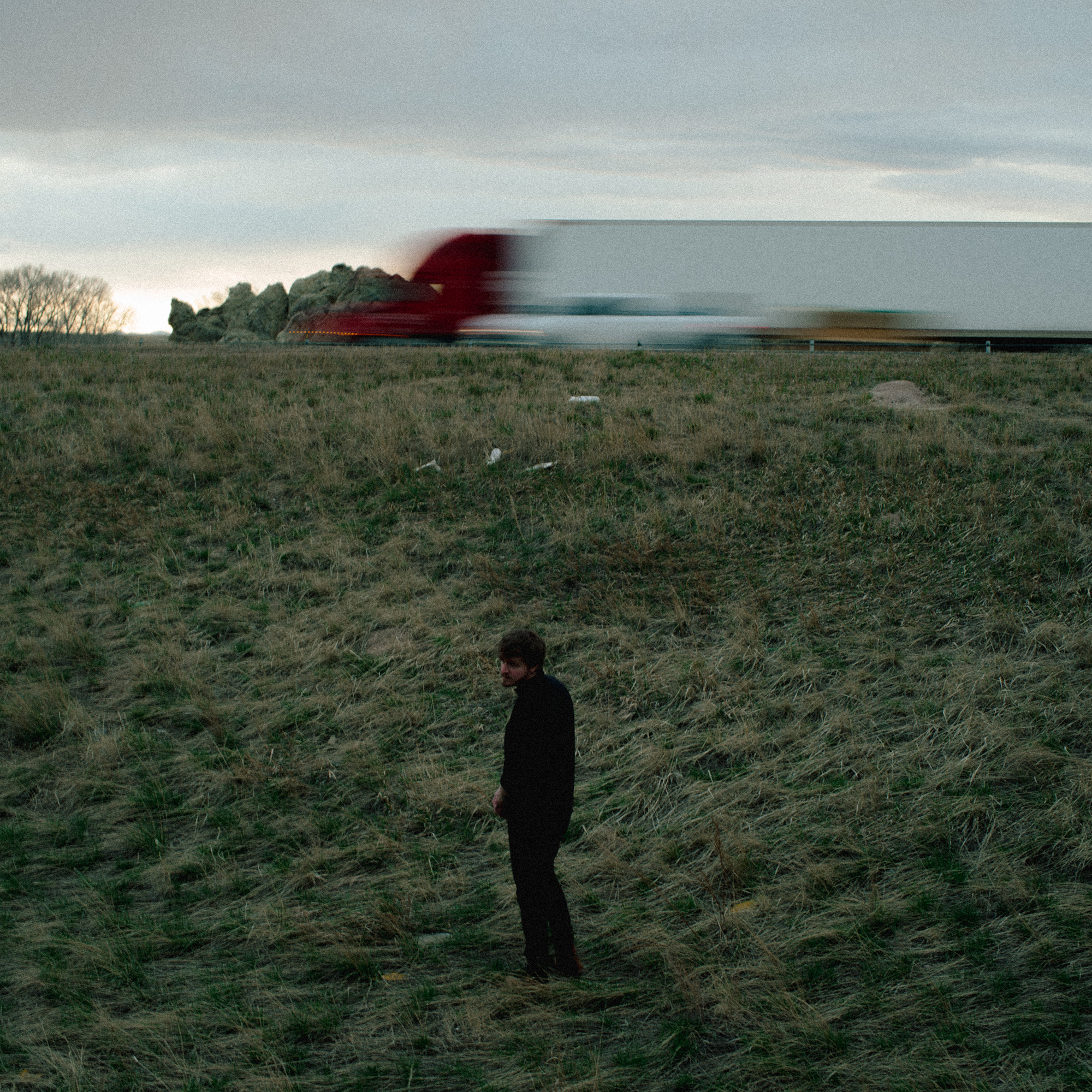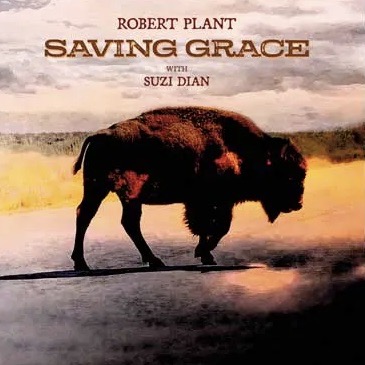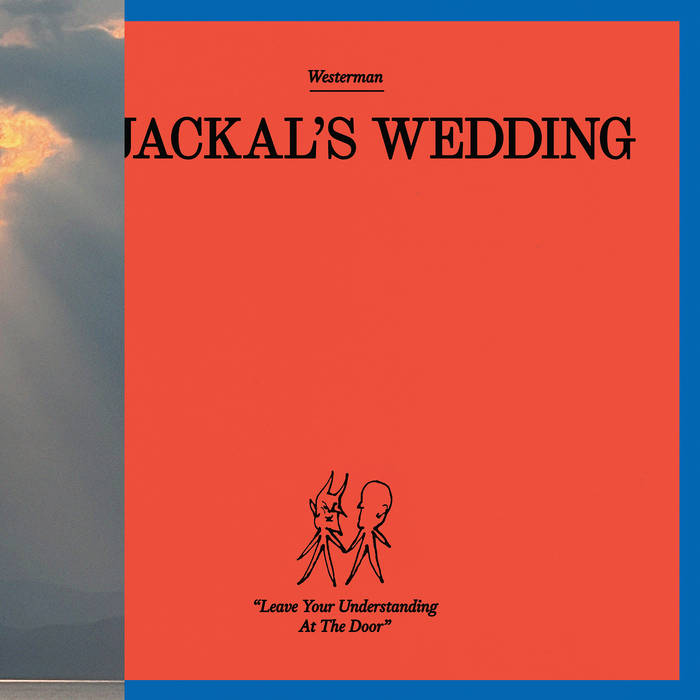Fire Extinguishers in the Studio - [Note to our EU readers. I don't know if the U.S. letter conventions apply in your locale, but the fundamental suggestions in this post are universal.] It’s a really smart idea to have a couple of fire extinguishers in your studio. (If the studio is a commercial business, its probably also required by law). But you can’t just buy any old fire extinguisher at your local home improvement store and expect to be covered. If you use the wrong extinguisher on an electrical fire, not only will you fail to put out the blaze, you will run the risk of electrocution or even death. So this is very serious! Before you purchase a fire extinguisher, you should know the classifications for fires. There are different types of fire:

Class A: ordinary combustibles such as wood, paper, or cloth Class B: flammable liquids: oil, gas, and flammable gasses Class C: energized electrical equipment (recording studio gear) Class D: combustible metals Class K: cooking oils and greases
I’m not trying to bore you to death. Extinguishers display the letter for the type of fire for which they are approved. In general, we’re interested in Class A and Class C. TIP 1: You probably want TWO types of extinguisher in your studio. One that is rated for Class A fires, and one for Class C fires. Unfortunately, there isn’t just one kind of fire extinguisher. The main types are:

Water and Foam Carbon Dioxide Dry Chemical Wet Chemical Clean Agent Dry Powder Water Mist Cartrige Operated Dry Chemical

Some only work on one kind of fire, others can do multiple-duty. You’ll want a generic one for Class A to handle general fires. But a studio is filled with electrical gear. A lot of electrical gear. You’re going to need something to handle Class C fires, as well. However: TIP 2: Just because an extinguisher can put out a Class C fire (energized electrical) doesn’t mean it’s the best choice for the studio. For example a Dry Chemical type is usually effective on electrical fires, but the powder will totally screw up any gear it hits. Instead, consider a Carbon Dioxide (CO2) extinguisher, which should not damage gear. But a CO2 model is poor to useless on many Class A fires. (So, refer to Tip 1). TIP 3: Make sure your extinguishers are clearly marked. You don’t want someone getting hurt because the grabbed the wrong one. In the first photo, you can see a Brother Label was used to note "for electrical fires only." People also need to know WHERE they are. They are no good if you can’t get to them in an emergency. The second photo shows the big glow-in-the-dark FIRE sign. We purchased those locally for a few dollars each. TIP 4: Make sure you inspect your extinguishers and replace or recharge them. Follow the manufactures and or local fire ordinances regarding the safe life span of a fire extinguisher. TIP 5: Don’t blow this off. Fire safety is serious business.
Tape Op is a bi-monthly magazine devoted to the art of record making.
Or Learn More
MORE ENTRIES

BLOG
The Tape Op Shop is Back Up!
December 11, 2025

BLOG
Thank You Marsha Vdovin
December 5, 2025

BLOG
New Video and Single “T-Shirt” from David Byrne and Brian Eno
November 25, 2025

BLOG
New Single and Video from Logan Farmer: “Manhattan”
November 22, 2025

BLOG
Books on Music and Recording Part 2
November 22, 2025

BLOG
Maurice Oliver Remembered
November 19, 2025

BLOG
Robert Plant: Saving Grace
November 18, 2025

BLOG
Rosalía: Lux
November 18, 2025

BLOG
Westerman: A Jackal’s Wedding
November 18, 2025

